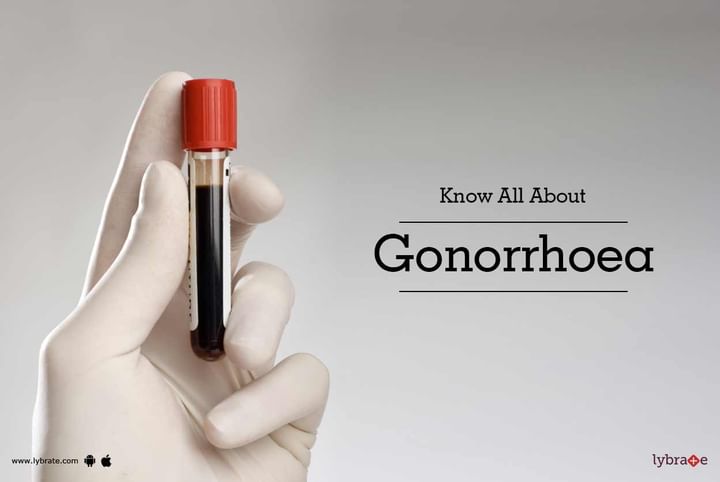Know All About Gonorrhoea
The year 2014 has seen a massive increase in the number of patients affected by Gonorrhoea. The most infected age group is between 15 and 24. This is mainly due to lack of knowledge in this age group about the disease. Here are some facts about Gonorrhoea that one must know.
Gonorrhoea Transmission: Gonorrhoea, also known as drip, is transmitted when a normal person comes in contact sexually with an infected person. Infected fluid of a mother can also pass to her newborn infant during delivery. The disease can affect both the genders.
Cause of Gonorrhoea: Neisseria gonorrhoeae bacteria cause the disease. The bacteria grow in mucus membranes and usually grow in the warm and moist areas of humans' reproductive tracts such as uterus and fallopian tube of women. These can also grow in anus, mouth as well as throat. As a matter of fact, the infection can be passed even via oral or anal sex.
Symptoms of Gonorrhoea: An infected person will develop symptoms of the disease in 2 to 14 days. Men may feel burning or painful sensation while urinating. Other symptoms are as follows:
- Swollen and painful testicles
- Swollen or redness at the tip of the penis
- Penis may have a drip or discharge
- Frequent urination
- Recurrent soreness of throat
Females have milder symptoms of the infection. This makes it difficult to diagnose, and is sometimes misinterpreted as common vaginal yeast or other bacterial infection.
Following are a few symptoms of the disease in women:
- Burning or painful urination
- Frequent urination
- Vaginal discharge
- Soreness in throat
- Fever
- Lower abdominal pain
- Pain while sexual intercourse
If the disease is not treated, infection spreads in blood stream leading to rashes, fever and even pain in the joints. Such unnoticeable symptoms make it difficult to treat.
Testing Methods of Gonorrhoea: One method is that penile or vaginal discharge samples are taken from patients and examined under a microscope by adding reactive stain. However, this is not an accurate assessment.
Another test is conducted where exposing samples are incubated. In case of infection, colony of gonorrhoea shows growth. Preliminary test may take 24 hours. Final assessment may take around three days. Samples can be from the patient's anus, joint fluid, blood, throat, vagina or tip of the penis.
Treatment: The disease is treatable under proper medical supervision. However, the bacterial resistance to Azithromycin drug has made it more difficult for treatment.
Protection: It is highly recommended to have a protected intercourse. Women of age group less than 25 need to have STI evaluation once a year. If you wish to discuss about any specific problem, you can consult a doctor and ask a free question.



+1.svg)
